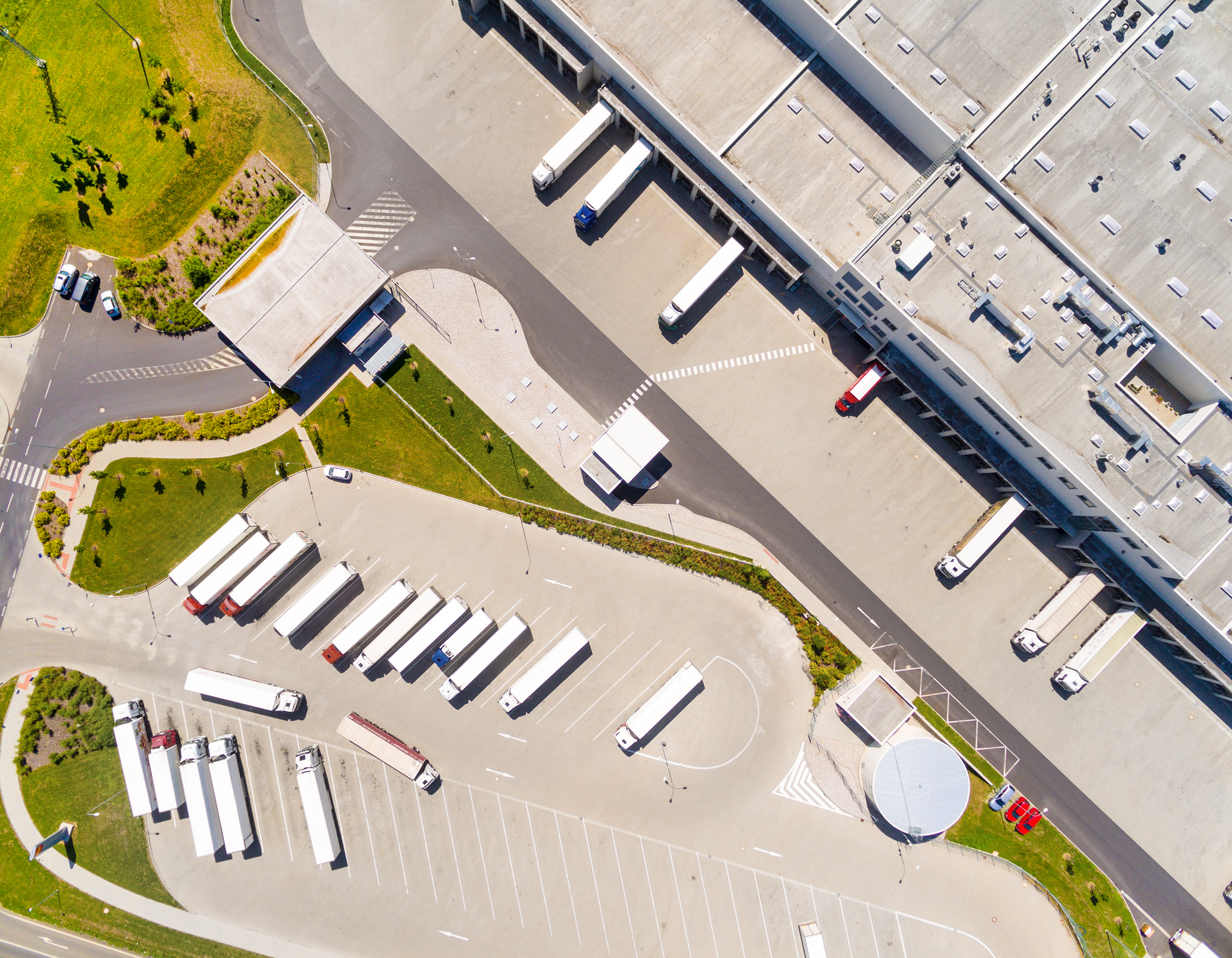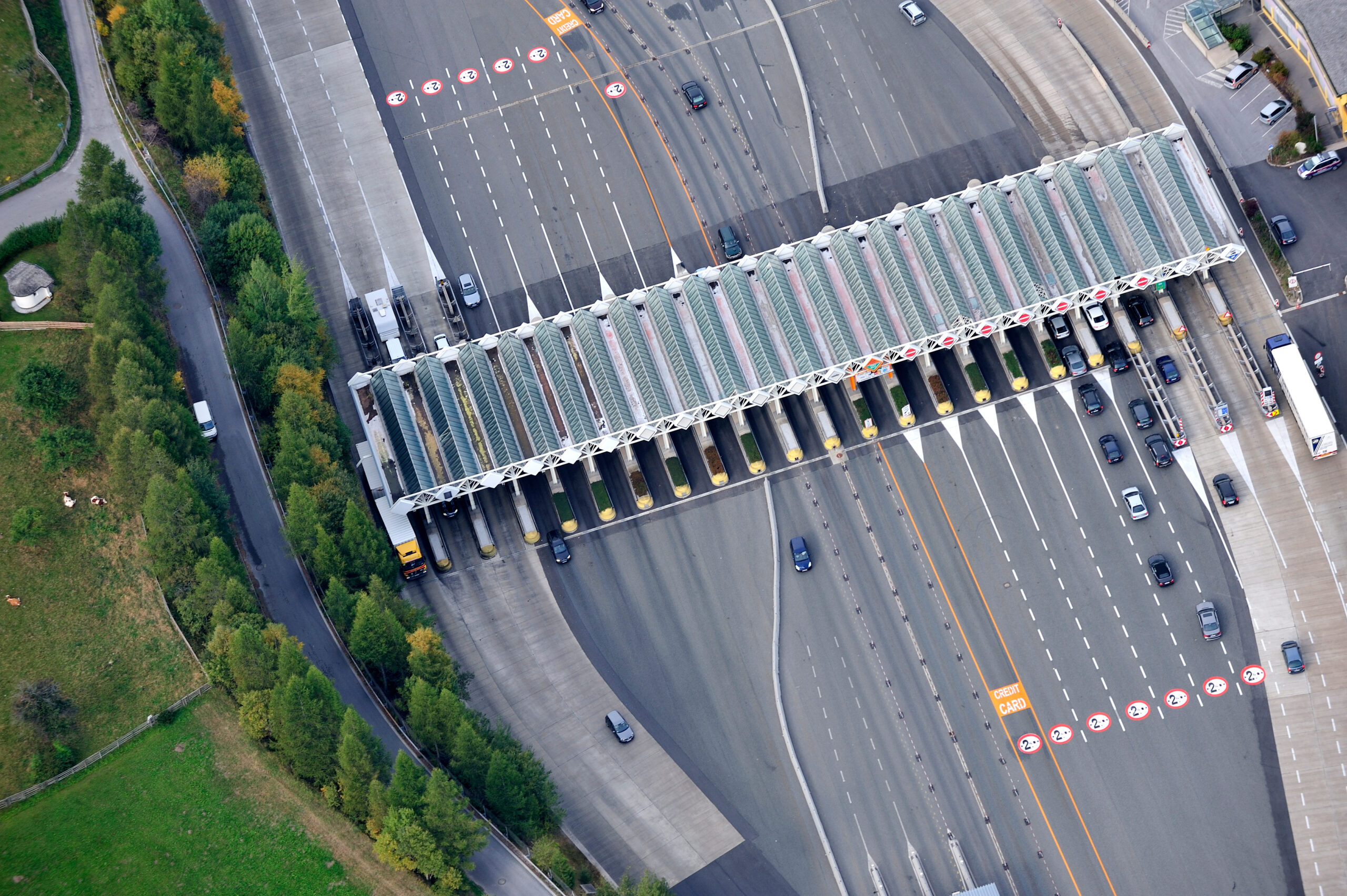What is next for telematics? Fleet management technology is expected to make significant strides in 2023, making that year historic.
Despite our greatest efforts to predict the future, it has arrived. Dive deeper into what insights have been noticed by Linqo experts and consider embracing some or all of the aforementioned trends next year if you want your company to thrive in today’s increasingly digital market.

1. The growth of eco-driving importance
Imagine driving a car that not only gets you from point A to point B but also helps you save money, reduce your carbon footprint, and become a more eco-friendly driver. That’s what the eco-driving trend in the telematics industry is all about. In the context of rising fuel prices and environmental factors, this trend becomes prominent for car owners, companies of different sizes, and drivers of heavy machinery.
Telematics systems such as Eco-Drive, with their advanced sensors and communication technologies, are like little eco-driving coaches that help drivers optimize their driving behavior for maximum efficiency. They keep track of everything from speed and acceleration to idle time and fuel consumption, providing real-time feedback to drivers on improving their eco-driving skills.
Think of it as a game, where the objective is not to win but to achieve the highest fuel efficiency and emissions reduction score. With the help of telematics systems, drivers can learn to avoid harsh acceleration and braking, maintain a steady speed, and reduce idle time, all of which can result in significant cost savings and environmental benefits.
The beauty of eco-driving is that it’s not just good for the environment, it’s good for business too. We recognize numerous advantages of eco-driving including increased traffic safety and security, reduced fuel consumption, massive savings of operational expenses, lowered vehicle maintenance costs, and lessened CO2 emissions and health concerns.

2. Further automation of fleet management routine tasks
Picture yourself as the captain of a fleet of vehicles, charting a course to success and profitability. But the journey can be treacherous – rough roads, unexpected detours, and unforeseen obstacles can all threaten to derail your plans. That’s where the power of telematics comes in. By automating routine fleet management tasks, telematics systems are like a trusty first companion, helping you navigate the choppy waters of fleet operations. One of the main drivers of this trend is the increasing complexity of fleet operations, which can be difficult to manage and optimize manually. By automating routine tasks, telematics systems can help fleets improve efficiency, reduce costs, and improve safety.
The proliferation of cutting-edge telematics technology that facilitate automation is another factor fueling the trend toward automation. GPS monitoring solutions, such as LinqoTrack, now include sophisticated sensors, data analytics, and machine learning algorithms to help identify trends and patterns in collected data and make informed recommendations to fleet managers. On top of that, fleet management is experiencing a rise in interest in real-time data and insights. By automating routine and manual processes, this information can be sent to fleet managers more quickly and correctly, allowing them to make more timely and informed decisions.
And last, the push toward greater automation may be traced back to the growing awareness that fleets must become more eco-friendly and sustainable. Telematics systems can aid fleets in minimizing their carbon footprint and meeting environmental laws through route optimization, minimizing idle time, and regulating fuel consumption.

3. The rise of video telematics
Dashcams have been standard equipment in many vehicles for several years, but the latest models with built-in AI are finding widespread adoption in business settings. In the next year, we should see this trend pick up steam. So, the question naturally arises: why? Dashcams of today may record more than just what happens in the car and what can be heard by the driver. They help reduce the number of accidents, the cost of insurance, the number of false claims, and the time spent training drivers, making them a priceless asset.
Sensors installed inside vehicles gather information about their local environments to further inform the driver’s understanding of and response to those environments. These allow you to monitor things like distraction, seatbelt use, illegal u-turns, and following distance while your drivers are on the road, so you can have an open conversation with them to improve safety and efficiency. The AI-enabled brains within take cues from the surrounding environment to improve accuracy over time.
Experts in the field agree that the video telematics business is growing. It is projected by Berg Insight that by 2026, the number of active video telematics systems in use across Europe and North America will have increased from just under 3.9 million units at the end of 2021 to 8.4 million, representing a compound annual growth rate (CAGR) of 16.8 percent.

4. An increasing focus on safety
As we move into 2023, safety is set to become a driving force in the world of telematics. With road accidents and fatalities on the rise, there’s an increasing need for technology that can help us stay safe on the road. Telematics is uniquely positioned to fill this gap. From advanced driver assistance systems that use sensors and cameras to detect potential hazards, to driver monitoring tools that encourage safe driving practices, telematics is helping us stay one step ahead of danger.
Automakers are also getting on board with this trend, recognizing that safety is no longer a “nice to have” feature, but a must-have. Consumers are demanding vehicles that offer the latest safety features, and telematics is helping automakers meet this demand by providing real-time data on vehicle performance. Regulatory bodies are also joining the push for safer vehicles, with strict safety standards being implemented around the world. Telematics is playing a critical role in meeting these standards, providing the data needed to develop and test new safety systems.
But it’s not just passenger vehicles that stand to benefit from this trend. Telematics is also set to revolutionize the world of commercial transportation, where safety is paramount. Fleet operators can use telematics to monitor driver behavior and identify potential risks, such as fatigue or distracted driving. This data can be used to implement training programs such the ones dedicated to eco-driving and other measures to improve driver safety, ultimately making our roads safer for everyone.
Overview
The world of fleet management is always on the move, and as we head into 2023, there are some exciting trends emerging. At the forefront of these trends is the importance of eco-driving, as businesses look to reduce their carbon footprint and become more sustainable. Meanwhile, automation is set to revolutionize the industry, streamlining processes and cutting costs. Safety remains paramount, and fleet managers are exploring new technologies to keep their drivers safe and minimize risk. And last but not least, the increasing use of dashcams is providing valuable insights into driver behavior and vehicle performance, allowing fleet managers to make informed decisions and stay ahead of the curve. With these four telematics trends leading the way, the future of fleet management looks brighter than ever.








